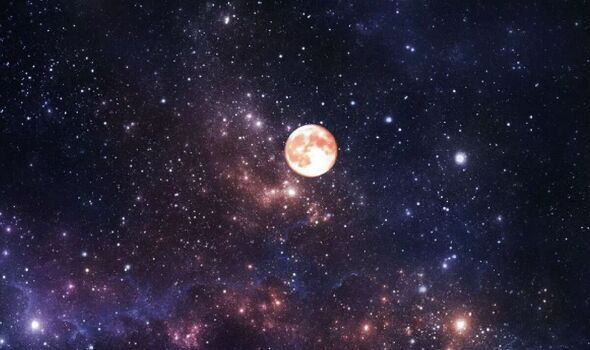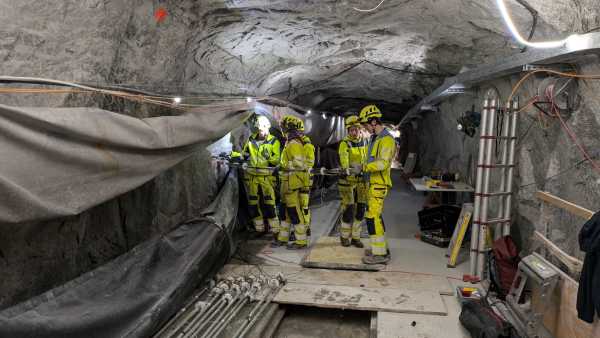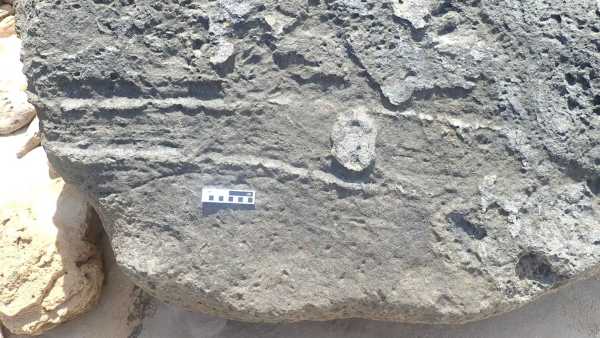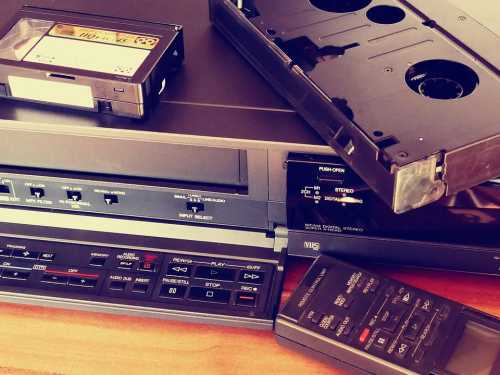These bursts can create as much energy as the sun does in a year in just a fraction of a second – but their origin is unclear.

Astronomers are puzzled by mysterious fast radio bursts that keep making strange noises.
These superbright flashes of radio waves were first detected in space in 2007 – and have since been recorded all over the solar system.
Scientists say these bursts can create as much energy as the sun does in a year in just a fraction of a second, but they’re stumped about what causes them.
A report published on Wednesday in the Monthly Notices of the Royal Astronomical Society has revealed a new repeated radio burst called FRB 20220912A.
This burst was picked up using the California-based SETI Institute’s Allen Telescope Array, or ATA, which has 42 antennae at the Hat Creek Radio Observatory in the Cascade Mountains. Researchers were stunned to find 35 fast radio bursts from one source over two months.
Many of the radio bursts only last a few milliseconds, making them incredibly hard to observe. However, some FRBs have been repeating and releasing follow-up bursts which allowed scientists to track the signals.
The report showed a noticeable drop in the centre frequency of the bursts, acting like a celestial slide whistle.
The dip became more obvious when the scientists converted the signals into sounds using notes on a xylophone. High notes correspond to the beginning of the bursts, with low notes acting as the end tones.
Dr Sofia Sheikh, a National Science Foundation MPS-Ascend postdoctoral fellow at the SETI Institute, said: “This work is exciting because it provides both confirmation of known FRB properties and the discovery of some new ones.
Don’t miss… Star Wars fans spot ‘lightsaber’ on Mars surface in new picture [REPORT]
“We’re narrowing down the source of FRBs to extreme objects such as magnetars, but no existing model can explain all of the properties that have been observed so far.”
Each new observation brings new information to scientists but also more questions. Some astronomers believe that some fast radio bursts may originate from magnetars, the magnetized cores of dead stars. However, other research has indicated clashes between dense neutron stars or dead stars called white dwarfs may be the cause.
“We’re narrowing down the source of FRBs to extreme objects such as magnetars, but no existing model can explain all of the properties that have been observed so far,” Dr Sheikh said.
Researchers have shared that this is the first time they’ve spotted fast radio bursts with the Allen Telescope Array, which has been getting fixed up recently.
“This work proves that new telescopes with unique capabilities, like the ATA, can provide a new angle on outstanding mysteries in FRB science,” said Dr Sheikh.
An AI tool was used to add an extra layer to the editing process for this story.
Related articles
SUBSCRIBE Invalid email
We use your sign-up to provide content in ways you’ve consented to and to improve our understanding of you. This may include adverts from us and 3rd parties based on our understanding. You can unsubscribe at any time. Read our Privacy Policy
Sourse: www.express.co.uk





